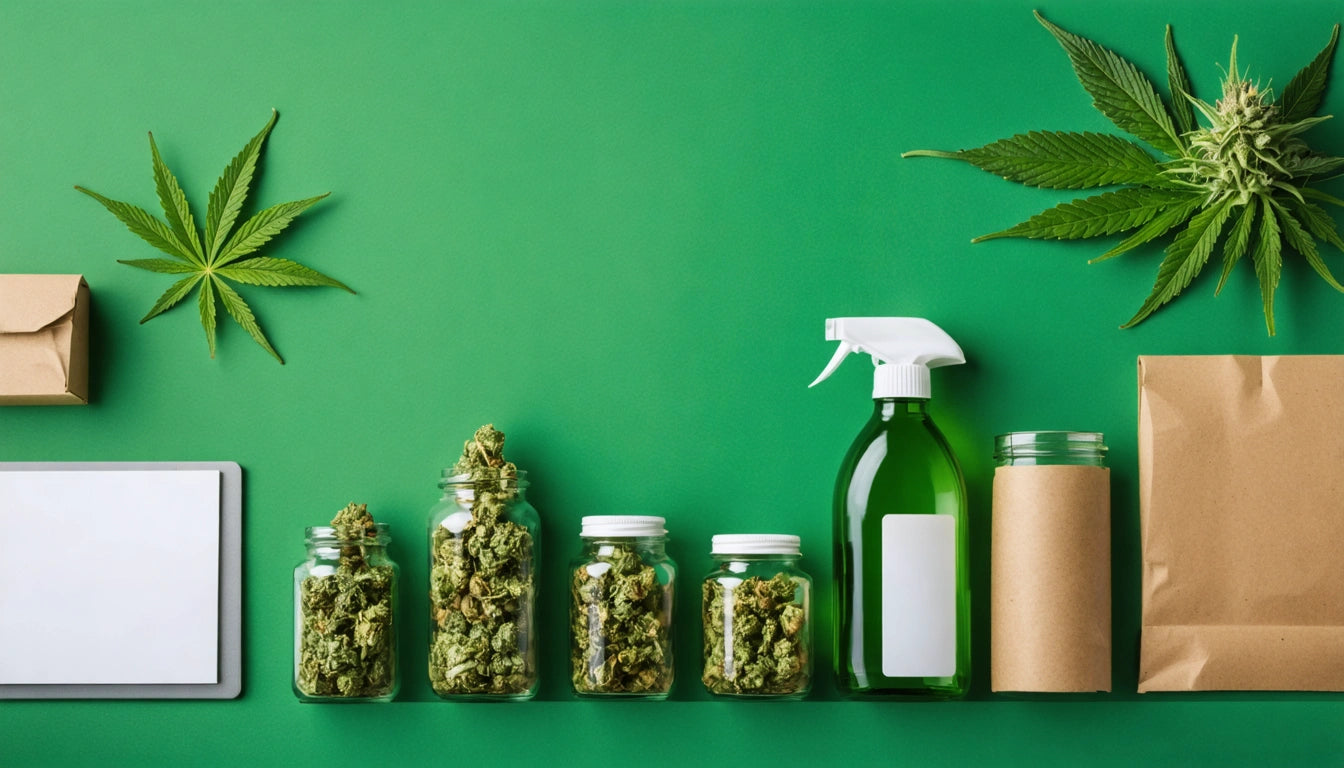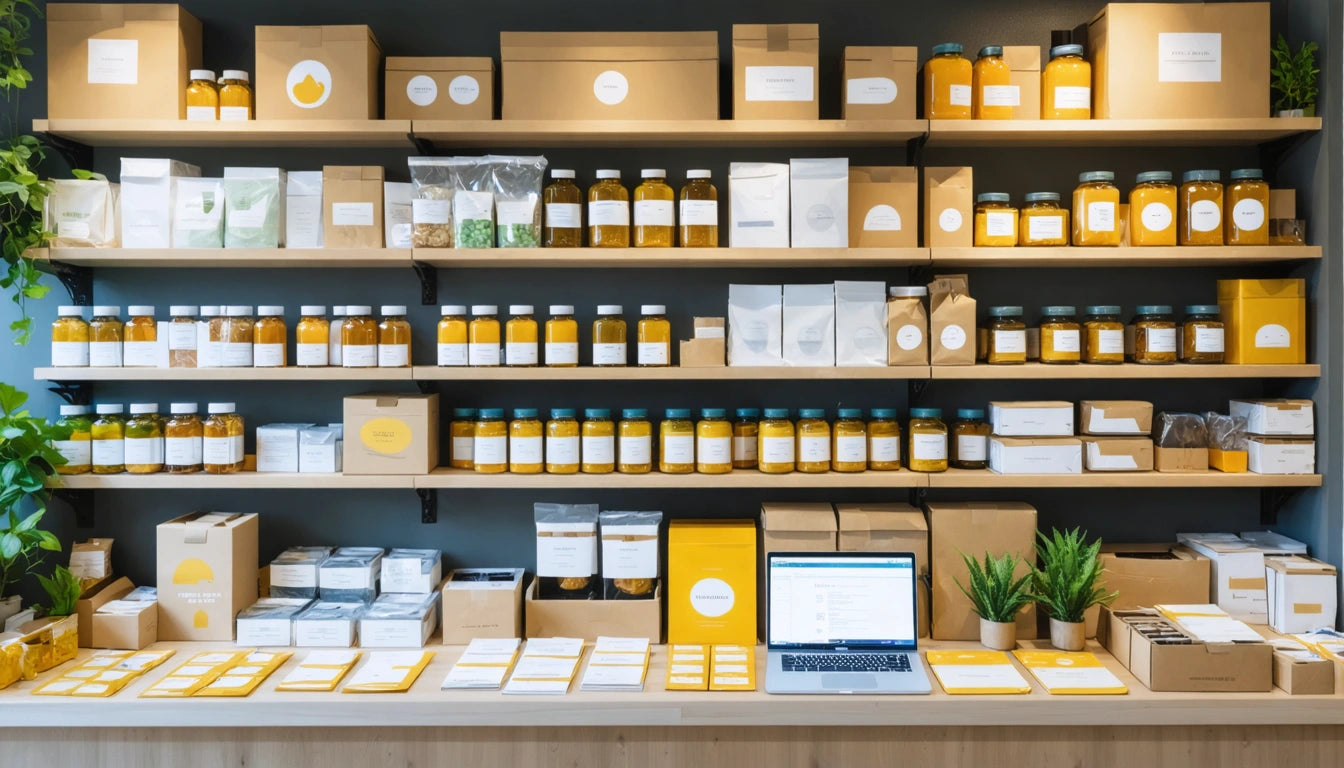Table of Contents
- Rising Consumer Expectations for Sustainable Cannabis Packaging
- Sustainable Materials and Options for Cannabis Brands
- Balancing Sustainability and Compliance Requirements
- Brand Differentiation Through Sustainability Initiatives
- Measuring and Communicating Sustainability Efforts
- Future Innovations in Eco-Friendly Cannabis Packaging
The cannabis industry faces mounting pressure to address its environmental impact, with packaging waste becoming a focal point for conscious consumers. As sustainability becomes a market differentiator, brands are exploring innovative solutions that satisfy both regulatory requirements and eco-conscious customers. This growing demand represents both a challenge and an opportunity for cannabis businesses looking to align with changing consumer values.
Rising Consumer Expectations for Sustainable Cannabis Packaging
Recent market research indicates that over 70% of cannabis consumers now consider environmental impact when making purchasing decisions. This shift reflects broader consumer trends across retail sectors, where sustainability has evolved from a niche concern to a mainstream expectation.
Key factors driving this demand include:
- Increasing awareness of plastic pollution in oceans and landfills
- Social media amplification of packaging waste issues
- Growing preference for brands that demonstrate environmental responsibility
- Millennial and Gen Z consumers prioritizing sustainable products
Cannabis consumers are particularly sensitive to perceived waste, as many identify with values of natural wellness and environmental stewardship. The industry's current reliance on excessive plastic packaging creates a notable disconnect between product positioning and packaging reality, as highlighted in this analysis of packaging waste statistics.
Sustainable Materials and Options for Cannabis Brands
Comparing Packaging Alternatives
When evaluating sustainable options, brands must understand the fundamental differences between various eco-friendly approaches. Compostable versus recyclable packaging represents one key decision point, with each offering distinct environmental benefits and limitations.
Among the most promising sustainable materials are:
- Hemp-based plastics and papers
- Reclaimed ocean plastic
- Plant-based PLA (polylactic acid)
- Mushroom packaging
- Recycled glass and aluminum
For brands looking to make the transition, these top eco-friendly materials offer varying degrees of sustainability, cost-effectiveness, and compliance capability.
Balancing Sustainability and Compliance Requirements
The cannabis industry faces unique challenges in implementing sustainable packaging due to strict regulatory requirements. Child-resistance features, opacity rules, and labeling mandates can limit sustainable options. This creates what many industry professionals call the compliance-sustainability dilemma.
Successful brands navigate this challenge by:
- Working with packaging partners who understand both compliance and sustainability
- Investing in innovation that satisfies multiple requirements
- Advocating for regulatory updates that accommodate sustainable materials
- Implementing precise measurement systems using accurate digital scales for inventory control to minimize product and packaging waste
This resource explores the balance between meeting regulatory standards and environmental goals, offering practical approaches for brands caught between competing priorities.
Brand Differentiation Through Sustainability Initiatives
Forward-thinking cannabis companies are leveraging sustainability as a powerful differentiator in a crowded marketplace. Case studies of brands succeeding with eco-friendly packaging demonstrate that sustainability initiatives can drive customer loyalty, positive press coverage, and retailer preference.
Effective strategies include:
- Packaging take-back programs at dispensaries
- Limited edition releases in innovative sustainable materials
- Educational initiatives about proper disposal
- Transparent communication about environmental impact
These approaches not only reduce environmental footprint but also create meaningful connections with consumers who share these values. Research shows that sustainable packaging can significantly boost brand image when implemented authentically and communicated effectively.
Measuring and Communicating Sustainability Efforts
Avoiding Greenwashing Pitfalls
As consumer interest in sustainability grows, so does scrutiny of environmental claims. Cannabis brands must be careful to avoid greenwashing, the practice of making misleading or unsubstantiated environmental claims. This guide on communicating sustainability claims provides essential guidance for authentic messaging.
Credible sustainability communication includes:
- Third-party certifications and verifications
- Specific, measurable environmental benefits
- Transparent acknowledgment of limitations
- Ongoing improvement commitments
Recognized certifications for sustainable packaging provide consumers with trustworthy signals of environmental commitment and help brands validate their sustainability efforts.
Future Innovations in Eco-Friendly Cannabis Packaging
The cannabis packaging landscape continues to evolve rapidly, with several promising developments on the horizon. Innovations in material science, design approaches, and circular economy models are creating new possibilities for truly sustainable packaging solutions.
Emerging trends include:
- Biodegradable child-resistant mechanisms
- Mono-material designs that simplify recycling
- Packaging made from cannabis industry byproducts
- Refillable container systems at dispensaries
- Smart packaging that reduces material use while enhancing consumer experience
While zero-waste cannabis packaging remains an aspirational goal, incremental innovations are steadily reducing the industry's environmental footprint. The most successful brands will be those that invest in sustainable packaging not as a marketing tactic but as a core business strategy aligned with evolving consumer expectations and environmental necessities.











Leave a comment
All comments are moderated before being published.
This site is protected by hCaptcha and the hCaptcha Privacy Policy and Terms of Service apply.